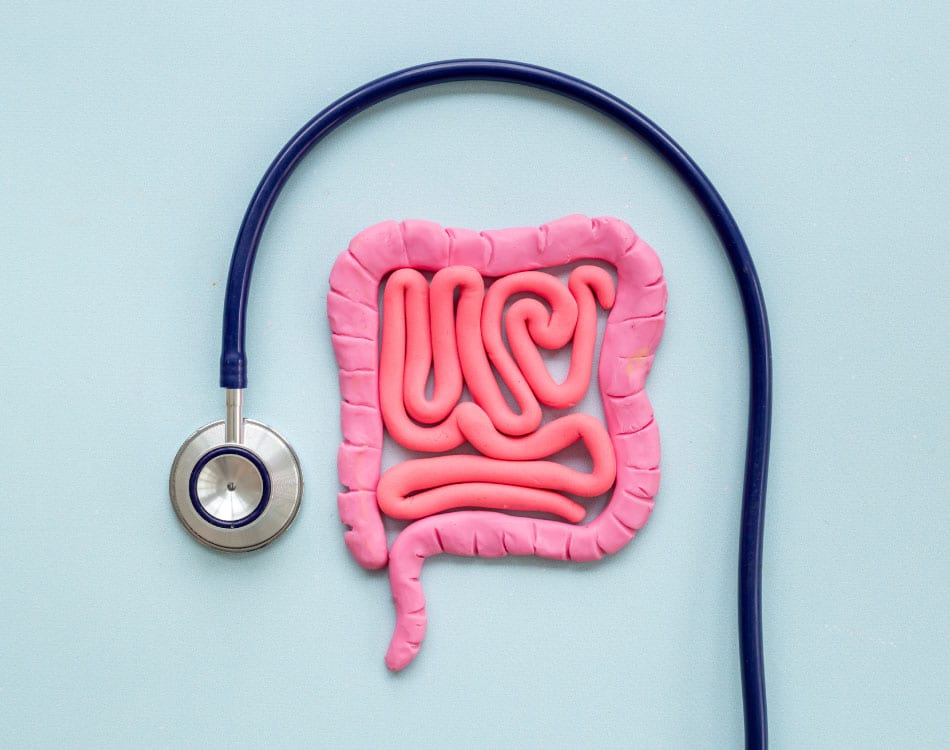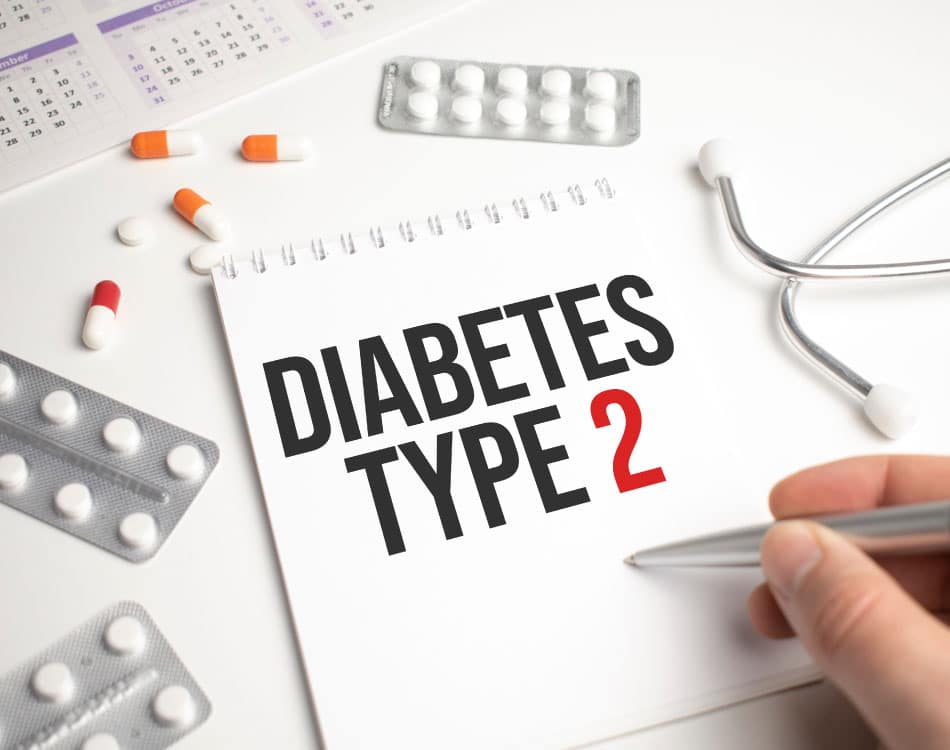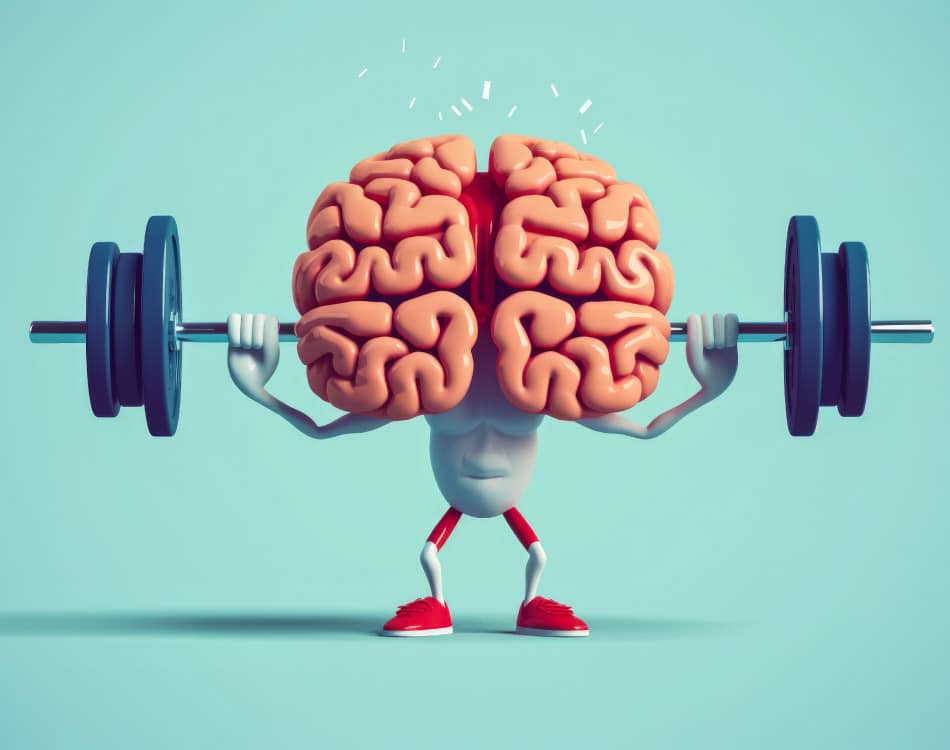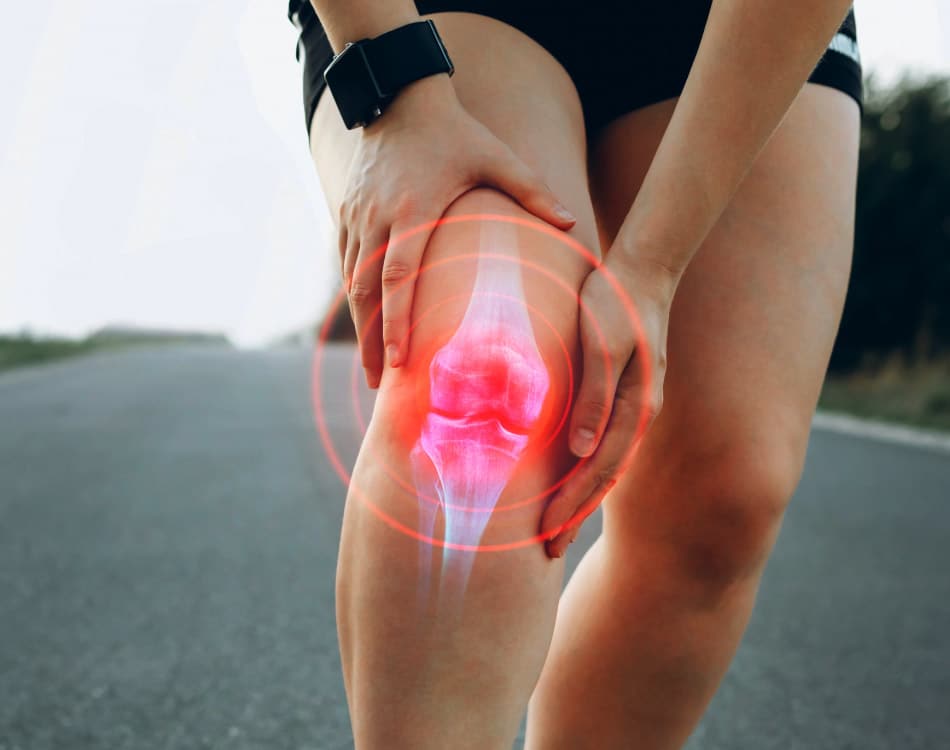The scale is often our ultimate measure of our success in the gym and the kitchen.
However, fixating on your weight is a one-dimensional approach when assessing your current health or tracking your progress towards a body transformation goal.
READ MORE | Are You Fighting A Losing Weight-Loss Battle?
A moving target
The main issue is that your weight can fluctuate throughout the day for various reasons. These factors could include your most recent meal and digestion rate, your hydration level, your hormonal balance, how much coffee you’ve had, and your training.
There are also numerous medical reasons why your weight might fluctuate on a regular basis.
More importantly, your weight fails to paint a complete picture with regard to what is happening to your body as it responds to your diet and adapts to your exercise routine.
When we eat clean, manage our calorie intake and exercise, we change our body composition. Most notably, when we exercise, particularly with weights, we burn calories predominantly from stored fat and we add more muscle.
This is hugely beneficial because it increases your metabolism and helps to improve various health markers. But when this happens, the number on the scale may actually increase as muscle tissue is denser than fat.
And a scale is incapable of discerning these changes in our body composition. Add an increase in weight can be disheartening when your main aim is weight-loss.
READ MORE | Don’t Be A Slave To The Scale: We Reveal The Reasons Behind Daily Weight Changes
A complete picture
A better idea is to take a more holistic view of your body and your health with regular body composition assessments and health checks.
You can take many of these measurements at home to track your numbers while performing more advanced tests and measurements with a qualified health and fitness professional or at Dis-Chem Wellness Clinics at regular intervals.
The important measures to track from a health, fitness and body transformation perspective include:
- Circumference measurements
- Waist-to-Hip Ratio (WHR)
- Body fat
- Body mass index (BMI)
- Weight
- Glucose
- Cholesterol
- Total lipogram screening
- Blood pressure
READ MORE | Weight Loss Versus Fat Loss: What’s The Difference?
Circumference measurements
Measure the circumference of key areas of your body with a simple measuring tape.
Important areas include your waist, hips, upper arms and legs, chest, neck, calves and any other ‘problem area’ that you may want to monitor.
The key is to take each measurement at the same location during subsequent tests to track trends and highlight progress.
Waist-to-Hip Ratio
With your measurements in hand, use this calculation to establish your relative body fat distribution pattern.
Waist circumference / hip measurement = WHR
The resultant figure will indicate your general body shape, be it a pear or apple shape.
It is also an ideal metric to determine your health risk. Higher values indicate a higher health risk due to a greater amount of visceral fat (inside your abdominal cavity and around organs) in relation to subcutaneous fat (under the skin).
Body fat analysis
A regular body fat analysis is possibly the most important tool at your disposal in terms of tracking your progress.
There are various tools and methods available, most of which are available to your local gym, physio or biokineticist. These measurements will give you a better indication of how your body composition is changing, regardless of your weight.
The most common tools include:
- Bioelectrical Impedance Analysis (BIA): Determines body composition by sending a safe low-level electrical current through your body. As the current moves at different speeds through the various body tissues, such as bone, muscle and fat, the device can estimate fat and fat-free mass. A number of body fat analysers and scales now use this technology.
- Skinfold measurements: Estimates body fat percentage by measuring skinfold thickness at specific locations on the body. Inputting these measurements into set formulas convert the numbers into an estimated body fat percentage according to a person’s age and gender.
The benefits
- BIA benefits: Simple to use, unobtrusive, less time-consuming and measures all forms of fat (subcutaneous and visceral). Can also be done by anyone.
- Skinfold test benefits: Flexible (get a reading with as few as three sites), and practical.
The drawbacks
- BIA drawbacks: Readings can vary depending on the time of day or what you ate, as water levels inside the body are altered constantly and a number of other variables can affect readings.
- Skinfold test drawback: Only as accurate as the person giving the test and the quality of the calipers used. Can be inaccurate due to technical inefficiencies. The more sites (generally seven) used, the higher the accuracy, but many testers only use three. Also, this method is generally only a measure of subcutaneous fat, which makes it less effective for obese or very lean people, and as a measure of cardiovascular health.
Body Mass Index (BMI)
One useful purpose for tracking your weight is to determine your BMI – a measure of your ideal weight for your height.
Weight (in kilograms) / height (in metres²) = BMI
While this is not a perfect formula because it doesn’t distinguish between muscle and fat mass, this measure serves as a useful tool to set weight-loss targets, especially for health purposes.
Weight
While we’ve suggested that you don’t use this as your only measure, we certainly don’t advocate eliminating it from your regular assessment protocol. When used in conjunction with the other metrics, it is very useful.
Tracking your health status
Glucose screening: Evaluating your blood sugar levels can inform the ideal dietary approach to achieve your health and weight-loss goals. This test helps to determine your insulin sensitivity and may indicate conditions such as pre-diabetes or diabetes. The Dis-Chem nursing practitioner who performs your test may also refer you to a doctor if your glucose levels require a medical intervention to treat.
Testing your blood sugar regularly will help you monitor changes to your insulin response and circulating glucose when following a low-GI or low-carb diet.
Cholesterol screening: High total cholesterol levels may indicate higher cardiovascular disease risk and may prompt a total lipogram screening to get a better picture of your cholesterol status. Depending on your reading, these results can help to inform the lifestyle intervention or medical treatments you need to address the issue.
Total lipogram screening: This test measures the exact amount of different types of cholesterol in your blood, measuring levels of high-density lipoprotein (HDL) and low-density lipoprotein (LDL) cholesterol and triglycerides.
Higher readings indicate greater risk for heart disease and would help to inform the lifestyle intervention or medical treatments you need to address the issue.
Blood pressure: Measuring your blood pressure could help you identify low or high blood pressure, which may indicate various underlying conditions and prompt additional testing.
A fuller picture
You can also include a few subjective methods in your approach to give you a better sense of how your body is changing and track your progress. These can include:
Photographs: Pictures don’t lie. Capturing your progress in pictures at regular intervals will clearly show progress over time. Make sure you keep everything the same for every picture, from the lighting, location, and time of day to your distance from the camera and the clothing your wear.
Clothing: Are your clothes getting tighter or looser? Do you need to buy clothing in a smaller size? These are all good indicators that you’re making progress, even if the scale doesn’t say so.













